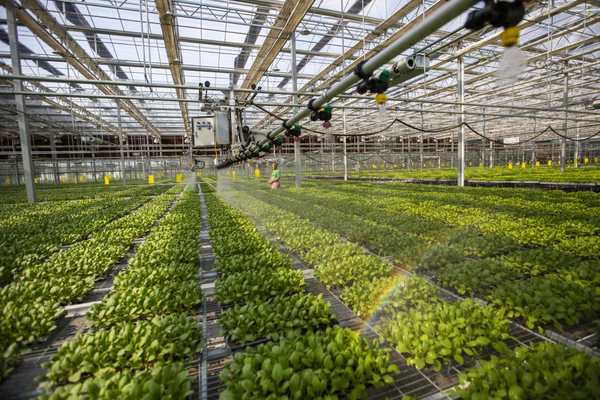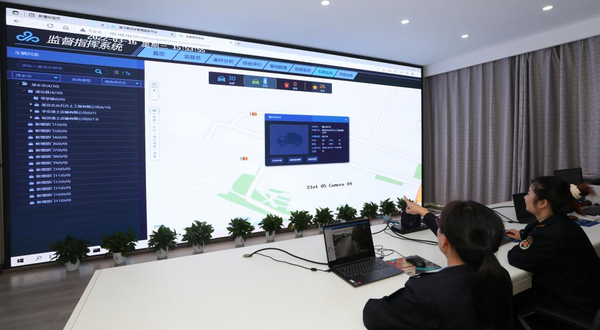By Li Jiabao, People’s Daily
From smart city to digital countryside, and from intelligent transport to smart tourism, Internet of Things (IoT) is being applied in more and more scenarios and permeating all aspects of people's life.
IoT, through sensing and internet communication technologies, connects people, machines and objects, and provides infrastructure such as information sensing, transmission and processing services.
It is widely used in people's daily life. For instance, it enables convenience stores to run unattended, as payments can be settled automatically by an IoT system that identifies the commodities taken by customers. IoT chips equip home appliances with better human-machine interaction and thus bring a better user experience.

More broadly, IoT is employed by hospitals to perform telesurgeries and teletherapies, and automatic fares can be collected by installing intelligent cameras at expressway entrances, which improves traffic efficiency and reduces waiting time.
According to a report issued by the Internet Society of China, the scale of China's IoT industry exceeded 1.7 trillion yuan ($251 billion) in 2021 and is expected to reach 2 trillion yuan this year. Mobile IoT connections will hit 80.1 billion by 2025, the report estimates.
At present, IoT technology is widely used in engineering machinery, aerospace manufacturing and other traditional industries. Wearable devices, smart home appliances, intelligent healthcare instruments, intelligent connected vehicles and disaster warning systems equipped with IoT sensors are also seen in our daily life.
In Cangnan county, Wenzhou, east China's Zhejiang province, cameras are installed in and around buses to capture real-time images. The images are uploaded to a system established by the Zhejiang branch of China Mobile, one of the major telecommunication carriers in China. The system, created by cloud networking and 5G technologies, turns buses into the city’s "security inspectors."

It is reported that the system employs a number of cutting-edge technologies, such as IoT, 5G, artificial intelligence (AI) and big data. The information it collects is processed in a platform to detect incidents happening in the county, so as to make urban governance smarter.
The Ministry of Industry and Information Technology (MIIT) recently unveiled a list of 179 IoT demonstration projects.
In particular, 42 projects on the list have made breakthroughs in key technologies or made innovations in the integrated application of 5G, big data, AI and blockchain technologies. The innovations include research and verification of vehicle-road technology based on 5G and AI, the research and application of 5G-adapted intelligent gateways oriented toward multiple industrial scenarios, and the research and application of the 5G-integrated technologies of high-precision Beidou navigation.

Wu Hequan, academician of the Chinese Academy of Engineering, told People's Daily that 5G technology has promoted the development of IoT to broadband-connected intelligent networks, and improved the value of IoT applications.
The MIIT, together with seven other departments jointly issued a three-year action to promote the construction of IoT infrastructure in September 2021. By the end of 2023, the country will have preliminarily completed the construction of IoT infrastructure in its major cities, fostered 10 leading players in the industry each with an output value of over 10 billion yuan, and witnessed 2 billion IoT connections.
Driven by supportive policies, the released market demand, as well as investment, China's IoT industry will embrace a golden area for development.


